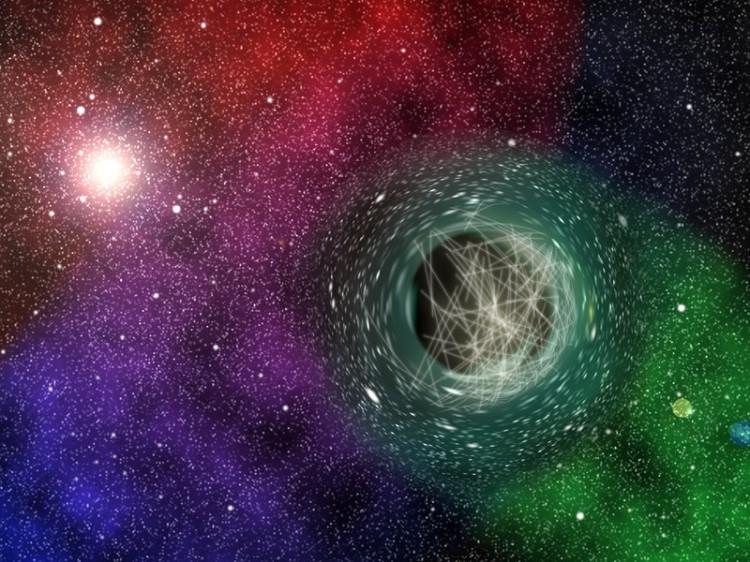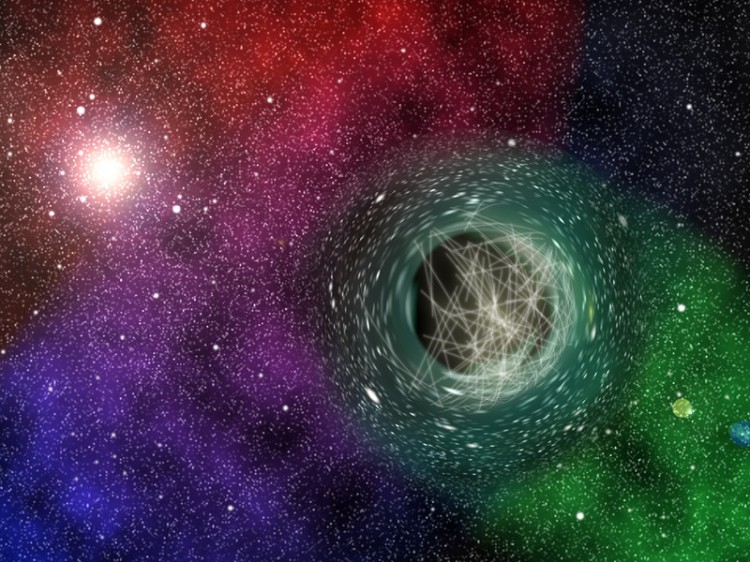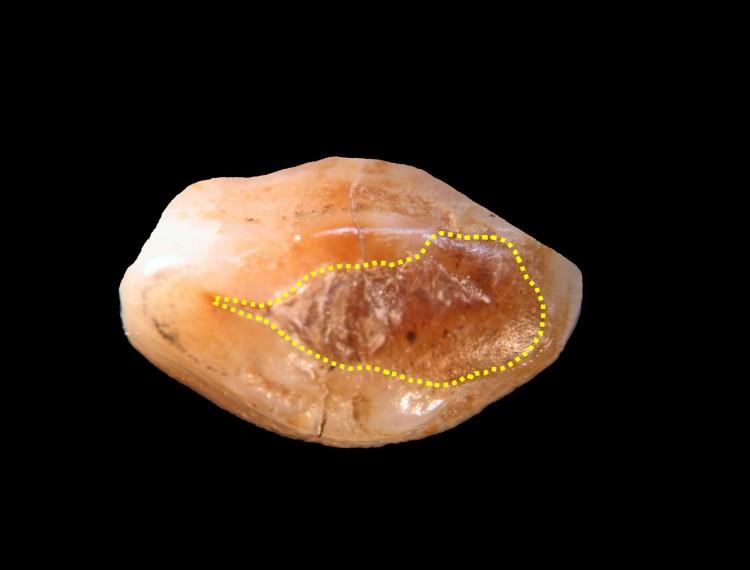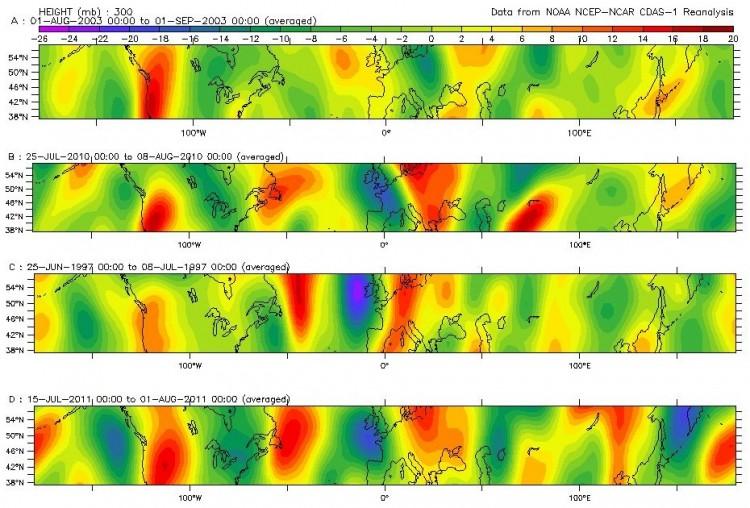Theoretical particles called axions may build up around black holes, where they could absorb energy and be detected via gravity waves.
Axions are predicted to have a very low mass and energy. At the quantum level, particles behave as waves, based upon their energy. With their low energies, axions could have very long wavelength—up to many kilometers long.
New research by Austrian scientists shows that axions may surround a black hole, rather like electrons orbiting nuclei in atoms, but would be bound together by gravitational tides instead of electromagnetic forces.
“The existence of axions is not proven, but it is considered to be quite likely,” said study co-author Daniel Grumiller at the Vienna University of Technology in a press release.
As axions are boson particles, this means that more than one particle can occupy the same state simultaneously, unlike electrons, which are fermions and cannot be together in the same state.
The axions could therefore form a “boson-cloud” around the black hole, pulling energy from it and increasing the number of axions in the cloud.
Under certain conditions, this cloud would collapse, generating a bose supernova or “Bosenova.”
“Just like a loose pile of sand, which can suddenly slide, triggered by one single additional grain of sand, this boson cloud can suddenly collapse,” says Daniel Grumiller.
This small explosion would generate gravity waves detectable using equipment in development that should be sufficiently accurate by 2016.
The study was published in Physical Review D last month.
The Epoch Times publishes in 35 countries and in 19 languages. Subscribe to our e-newsletter.





